A memorial service celebrating the life of Professor Emeritus of Chemistry and former Robert McMillen Professor of Chemistry Robert Rosenberg will be held Saturday, June 20 at 1 p.m. in the Nathan Marsh Pusey Room of the Warch Campus Center. Rosenberg died April 3 in Milwaukee at the age of 89.
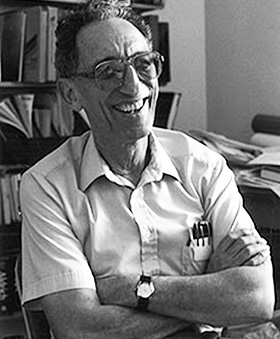
Rosenberg’s son, Charlie, will deliver a eulogy while his daughter and grandchildren will share family memories. Alumni and colleagues will offer reminiscences and musical preludes will feature some of Rosenberg’s favorite songs.
One of Lawrence’s most distinguished teachers, Rosenberg spent 35 years on the Lawrence faculty (1956-91). His work on the physical chemistry of proteins and chemical thermodynamics was supported by grants from the National Institute of Health, the National Science Foundation and Research Corporation.
Well known and highly respected for being unfailingly courteous, Rosenberg encouraged his students to learn chemistry, often by designing their own experiments, gently leading and probing them to think creatively. He responded to their questions by asking more questions in turn to hone their analytical skills. His clear, patient explanations of equations describing complex physiochemical phenomena became legendary.
One of his students, Thomas Steitz, went on to win the Nobel Prize in Chemistry in 2009, an event Rosenberg said at the time had him “walking on air” with pride.
He was preceded in death by his wife, Virginia in 2013, and a son, James in 1994. He is survived by a son, Charles, Milwaukee, a daughter, Margaret (Eric) Wilde, Bronx, N.Y., and two grandchildren, Emma Wilde and Nathaniel Wilde.
The family has suggested memorial donations can be made in Rosenberg’s name to Lawrence University, the Nature Conservancy for the Fight for $15 campaign for fast food workers.
Read more about Rosenberg’s life and career.
About Lawrence University
Founded in 1847, Lawrence University uniquely integrates a college of liberal arts and sciences with a nationally recognized conservatory of music, both devoted exclusively to undergraduate education. It was selected for inclusion in the Fiske Guide to Colleges 2015 and the book “Colleges That Change Lives: 40 Schools That Will Change the Way You Think About College.” Engaged learning, the development of multiple interests and community outreach are central to the Lawrence experience. Lawrence draws its 1,500 students from nearly every state and more than 50 countries.
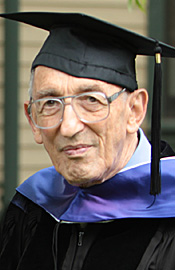
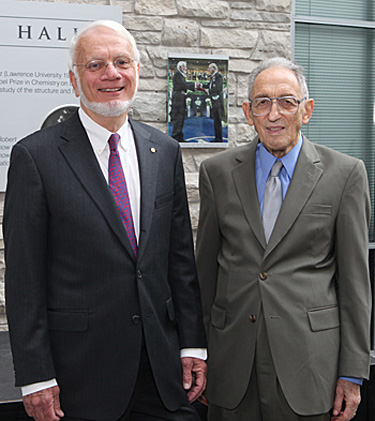
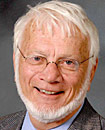
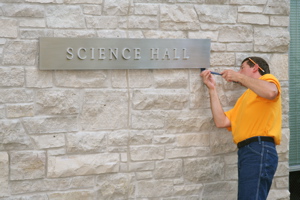

 “This is a fitting way for Lawrence to recognize one of our most distinguished graduates, by naming for Dr. Steitz the facility in which our current students are learning cutting-edge science,” said Beck. “His dedication and accomplishments serve as inspiration to all of our young, aspiring scientists. Having the building they learn and conduct research in bear his name will motivate them to consider all that is possible in their own careers.”
“This is a fitting way for Lawrence to recognize one of our most distinguished graduates, by naming for Dr. Steitz the facility in which our current students are learning cutting-edge science,” said Beck. “His dedication and accomplishments serve as inspiration to all of our young, aspiring scientists. Having the building they learn and conduct research in bear his name will motivate them to consider all that is possible in their own careers.”